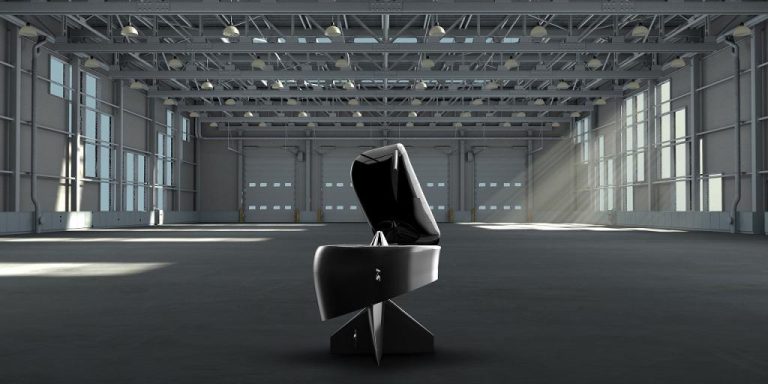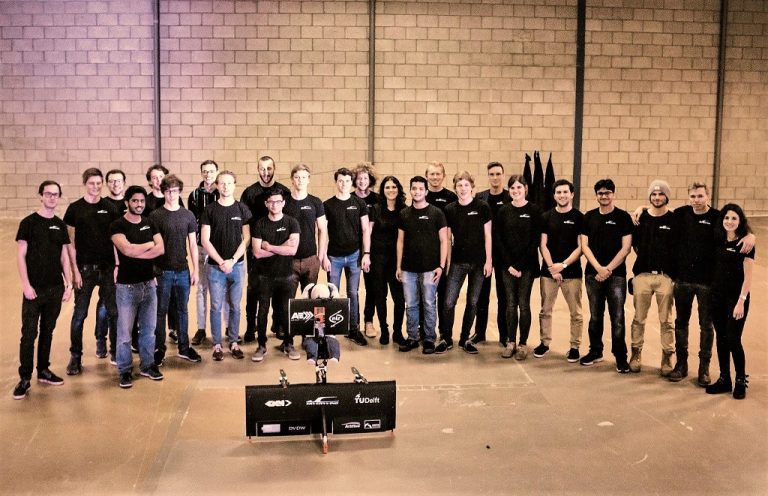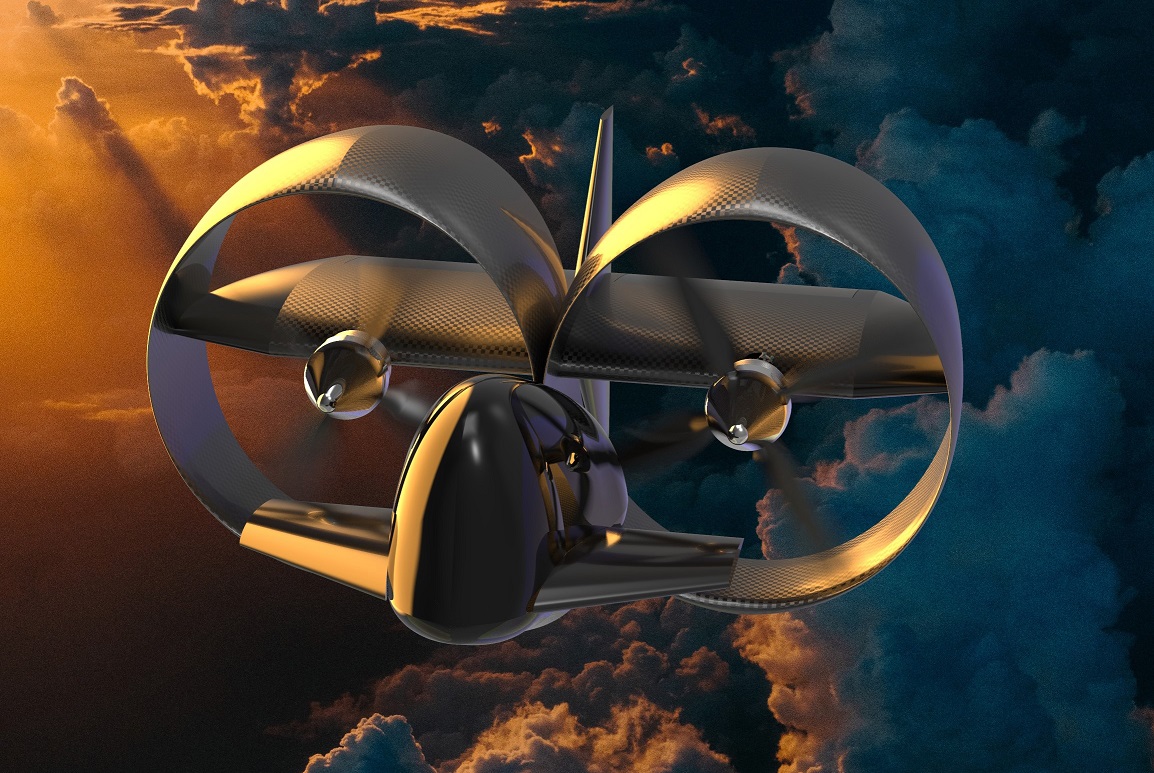Silverwing recently won fifty thousand dollars in the second round of the GoFly competition. Entrants had to fly their aircraft horizontally, vertically and autonomously.
Silverwing is building an one person aircraft that can fly horizontally, vertically and autonomously. (Photo: Silverwing)
To enter the second phase of the Boeing sponsored competition, the Delft Dream Team built a prototype of a one person aircraft that can take off and land vertically. The competition acts as a means to stimulate innovation in aviation. It has three phases: drafting, design and fly-off.
During the first phase in June last year, the team was among the top five and the Silverwing stunned many in the second round. In the last phase, that will be held in early 2020 in the United States, the aircraft must land horizontally and fly independently, on top of taking off and landing vertically. Delta talked to PR manager Ruben Forkink about Silverwing’s future.
 The design of Silverwing’s one person aircraft.
The design of Silverwing’s one person aircraft.
What will you do with the dollars you won?
“We will put them into the development and production of the actual aircraft. Just imagine how much money building an aircraft costs. The production will keep us busy up to summer and then we will enter a test phase until the end of December. During the first phase, we are concentrating on vertical flight, take-off and landing. After that we will transition to horizontal flight. If everything goes well, we will travel to the United States at the beginning of 2020 to take part in the fly-off. This is the competition finals in which the aircraft must fly six rounds of one nautical mile (1.8 kilometres).”
You gained the status of Dream Team this academic year. What distinguishes Silverwing from other Dream Teams?
“Our team may have 34 members, but we are still quite a select, small group. Our team also includes six of the eight faculties. This is very unusual for a group that builds aircraft. Of course many of our members are from Aerospace Engineering, but some of the students are from other faculties like Mechanical, Maritime and Materials Engineering. The team composition is very complementary, but what I find most amazing is that you can design and fly a, hopefully, functional aircraft within one-and-a-half years.”
 Team Silverwing with the prototype that can take off and land vertically.
Team Silverwing with the prototype that can take off and land vertically.
The fly-off is at the beginning of 2020. By then, in line with TU Delft guidelines, your ‘time’ as full-time members of a Dream Team is up. How will you keep the group together until the finals?
“At the moment we have 10 full-time members. The rest work on the project part-time. We will have to see closer to the time what we do. Right now everyone is keen to continue. The students are driven by their passion and no one feels obliged to postpone their studies to work on the project.”
Just imagine that you win the competition and the main prize of one million dollars. What will this mean for the future of the Silverwing team?
“It is very likely that we will, in any case, design a spin-off aircraft. Or we will just continue as a Dream Team. We have plenty of ideas but our first priority is to win the competition. Then we’ll see.”
Facts and figures:
- Dream Team Silverwing
- 34 members (16 x AE, 1 x IDE, 2 x TPM, 3 x AS, 5 x EEMCS, 5 x 3mE and 2 external members)
- Join the Go Fly competition
- Presentation on Tuesday 30 April of the design of the S1. This is the aircraft that will enter the fly-off.
Do you have a question or comment about this article?
m.vanderveldt@tudelft.nl


Comments are closed.